Pet owners know all too well the challenges of keeping a home smelling fresh when sharing it with furry companions. Whether it’s the lingering scent of a litter box, the occasional accident on the carpet, or the natural odors that pets bring indoors, finding an effective solution is a top priority. Pet odor eliminators have become a booming market, but not all products deliver on their promises. Understanding what works—and why—can make all the difference in maintaining a pleasant living environment.
The science behind pet odors is more complex than many realize. Unlike general household smells, pet-related odors often stem from organic compounds like ammonia, sulfur, and volatile fatty acids. These molecules bind to surfaces, linger in the air, and can even penetrate porous materials like upholstery. Traditional air fresheners merely mask the problem, while ineffective cleaners may spread the odor rather than eliminate it. True odor control requires breaking down these compounds at the molecular level.
Enzymatic cleaners have emerged as a game-changer in this field. Unlike conventional sprays, these products contain live bacteria or enzymes that actively digest organic matter, neutralizing odors rather than covering them up. They’re particularly effective for urine stains, as they target the uric acid crystals that persist long after the liquid has dried. However, not all enzymatic cleaners are created equal—cheaper formulas may lack the concentration needed for deep cleaning, while premium options often include additional stain-fighting agents.
Another breakthrough in pet odor elimination comes in the form of activated charcoal and baking soda-based products. These natural absorbers work by trapping odor molecules within their porous structure. Unlike chemical sprays, they don’t release fragrances but instead pull smells from the air passively. Many pet owners use them as preventative measures—placing charcoal bags near litter boxes or sprinkling baking soda on carpets before vacuuming. Their effectiveness depends on proper placement and regular replacement, as they become saturated over time.
The rise of air purifiers with HEPA and carbon filters has also changed the game for pet households. While not specifically designed for odor removal, high-quality purifiers can capture dander and hair that often carry unpleasant smells. The best models combine mechanical filtration with UV light or ionizers to break down odor-causing compounds. Pet owners report noticeable differences in air quality when using these devices continuously in high-traffic pet areas, though they work best alongside targeted odor eliminators.
One often-overlooked factor in pet odor control is textile treatment. Pet beds, blankets, and even curtains absorb odors over time, requiring specialized washing techniques. Many modern laundry additives now contain odor-neutralizing technology originally developed for athletic wear. These formulas work by encapsulating odor molecules during the wash cycle, preventing them from releasing later. For stubborn smells, soaking fabrics in enzyme solutions before washing can provide deeper cleaning than detergent alone.
The psychology of scent plays a surprising role in perceived effectiveness of pet odor eliminators. Studies show that citrus and mint-based scents are most effective at creating a "clean" association for humans, which explains their prevalence in pet products. However, pet sensitivities must be considered—many essential oils popular in home fragrances can be harmful to animals. The safest products use plant-based, pet-friendly scents or rely solely on odor elimination without added fragrance.
Consumer trends indicate growing demand for multi-surface pet odor solutions that work equally well on hardwood floors, carpets, and upholstery. The latest product innovations include adjustable sprays that can be used as concentrates for tough stains or diluted for everyday surface cleaning. Some premium brands now offer pH-balanced formulas that clean without damaging sensitive materials—a significant advancement over older, corrosive pet stain removers.
Long-term odor prevention requires addressing the source as much as the symptom. Regular grooming, proper litter box maintenance, and immediate cleanup of accidents all contribute to a fresher home environment. The most effective odor control strategies combine proactive pet care with targeted cleaning products—a holistic approach that keeps homes smelling clean without overwhelming chemical fragrances.
As the pet care industry continues to innovate, we’re seeing smarter solutions that adapt to modern lifestyles. Subscription-based odor eliminator services, smart litter boxes with built-in deodorizers, and even furniture designed with odor-resistant fabrics are entering the market. What hasn’t changed is the fundamental need for products that actually work—not just temporarily mask—the unique challenges of living with beloved pets.

By /Jul 31, 2025

By /Jul 31, 2025
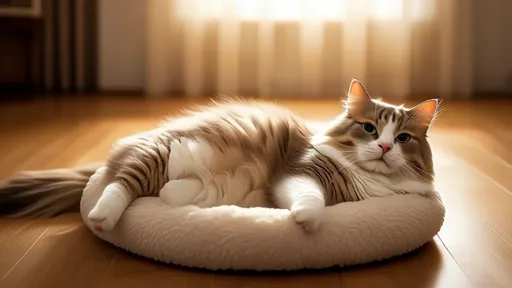
By /Jul 31, 2025
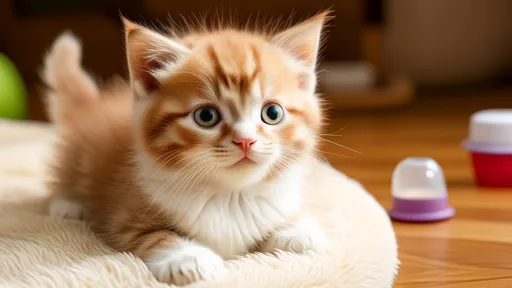
By /Jul 31, 2025
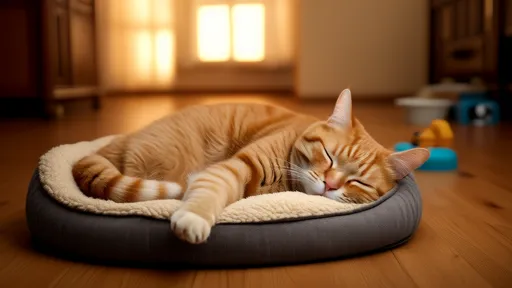
By /Jul 31, 2025
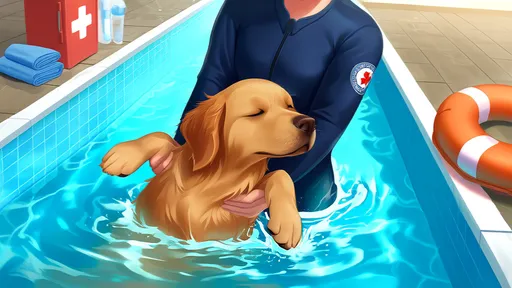
By /Jul 31, 2025
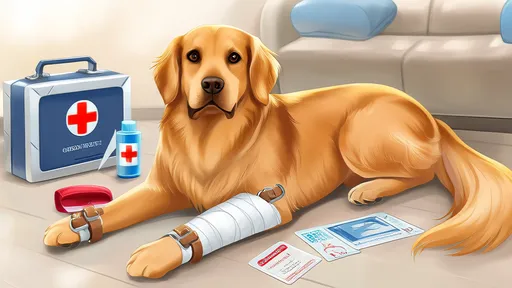
By /Jul 31, 2025

By /Jul 31, 2025
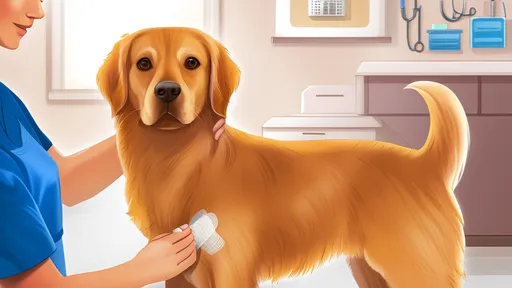
By /Jul 31, 2025
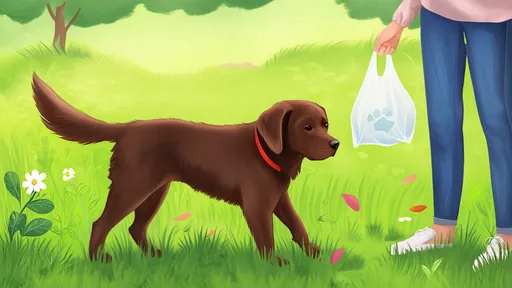
By /Jul 31, 2025
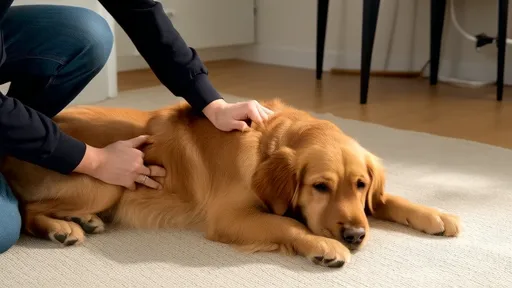
By /Jul 31, 2025
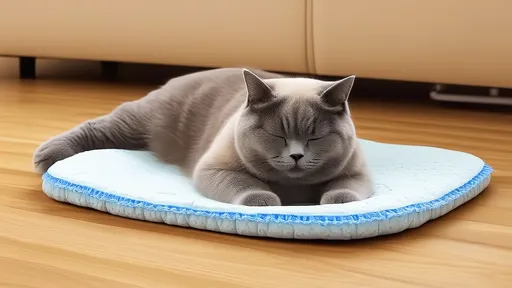
By /Jul 31, 2025

By /Jul 31, 2025

By /Jul 31, 2025

By /Jul 31, 2025

By /Jul 31, 2025
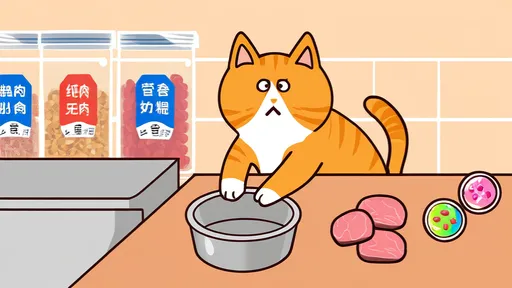
By /Jul 31, 2025
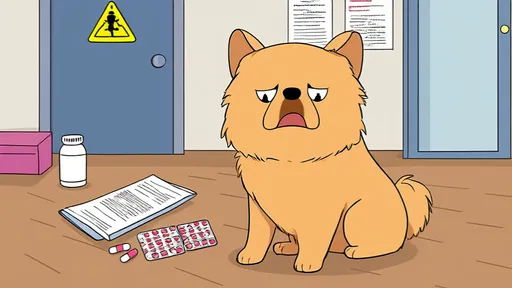
By /Jul 31, 2025

By /Jul 31, 2025
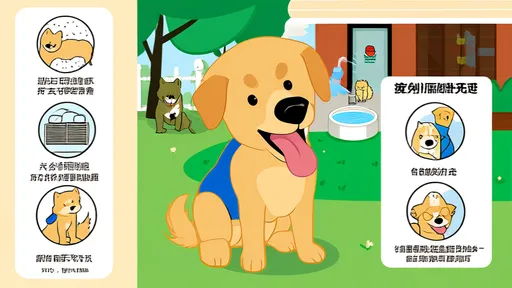
By /Jul 31, 2025